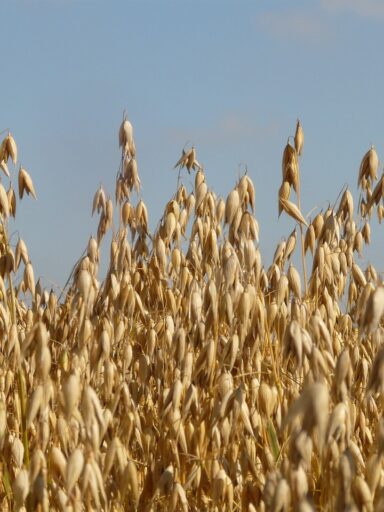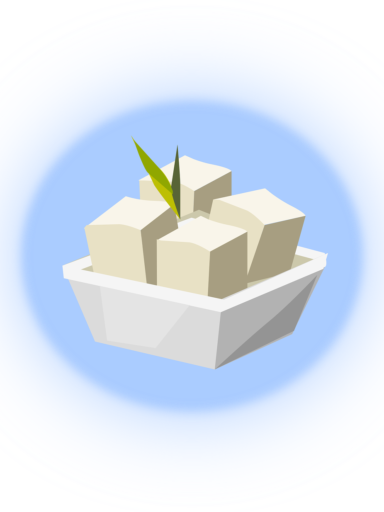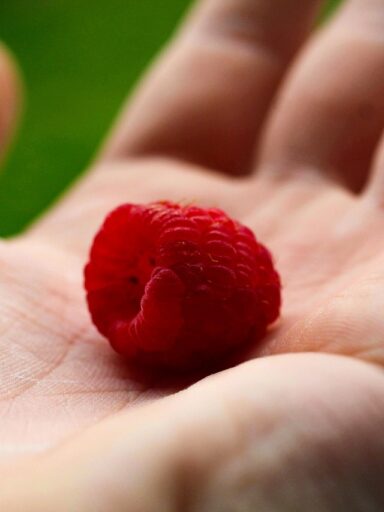What’s in Chia Seeds?
Fiber
Fiber plays a much more important role than making you go to the bathroom
Fiber is a carbohydrate that your body cannot digest. It goes through the body undigested.
Fiber regulates blood sugar levels, which is what you want to prevent those afternoon energy crashes. If you want to learn more about fiber check out this post.
Chia seeds are a great source of fiber
Two tablespoons of chia seeds offer approximately 10 grams of dietary fiber, which can help you meet the recommended amount of daily fiber
The recommended fiber amount is 25-30 grams per day, yet adults in the United States only consume an average of 15 grams per day. Pair a serving of chia seeds along with some veggies here and there and you’re well above the average American.
Fats
While I won’t go into what the different types of fats are here, you can go over to my post where I explain the chemical structure and function of fats in our body.
For now, let’s focus on chia seeds and why they belong to the list of fats you want to be regularly consuming.
Chia seeds are rich in a certain type of fat known as polyunsaturated fatty acids
In simple terms, the carbon atoms in chia seeds share a double or triple bond while not being saturated with hydrogen atoms
Polyunsaturated fats have more than one (poly) unsaturated (hydrogen-free) carbon bond
Polyunsaturated fats, such as those found in olive oil and avocados, have more than one unsaturated carbon bond
Including polyunsaturated fats in your diet can help reduce cholesterol levels in your blood, which decreases the risk of heart disease and stroke
Along with polyunsaturated fats, chia seeds are also an excellent source of omega-3 and omega-6 fatty acids
According to the Alzheimer’s Society, brain cells with high levels of omega-3 fatty acids in their membranes have been shown to enhance communication with other cells
These omegas are essential for the body and brain to function correctly.
Unfortunately, omega-3s and 6’s aren’t produced in our bodies, which means we have to eat foods high in them, like chia seeds
Chia seeds are one of the richest plant sources of omega-3 fatty acids, particularly alpha-linolenic acid (ALA)
- ALA is highly regarded for its anti-inflammatory properties and its positive contribution to brain function




